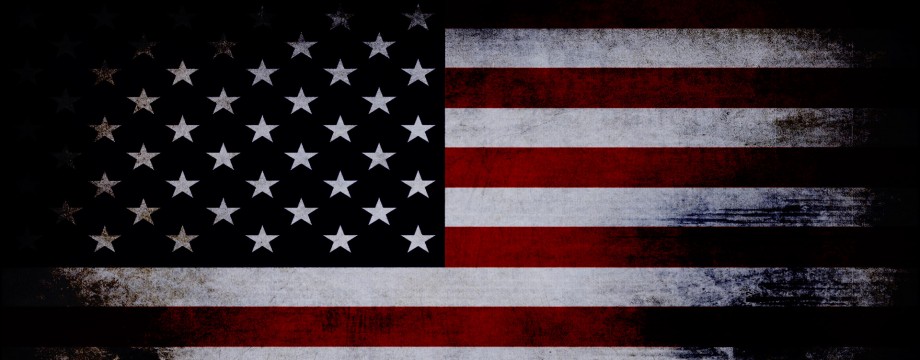INTRODUCTION
Following the War of the Rebellion and the subsequent Reconstruction years, the U.S. government continued on with its expansion into the western part of the continent. In doing so, innumerable American Indian tribes were displaced with many individuals being killed as part of our nation’s belief in Manifest Destiny.
TASK
You will travel back to a time of expansion and, unfortunately, devastation. You will discover why these often called “genocidal” tactics upon American Indians transpired and the results of these government led efforts.
PROCESS
You will answer each question by reading from the link/s provided for each. If you feel that you need further information for understanding, use a metasearch such as Dogpile or Unabot, or a search engine/directory such as Google or Bing. Be sure to answer each in Google Classroom, in complete sentences.
- Provide your opinion as to why Lieutenant Colonel George Custer, upon discovering gold in the Black Hills of South Dakota, notified the press as well as the White House.
- Describe how the subsequent “Black Hills Gold Rush” violated the Treaty of Fort Laramie.
- Explain the purpose of the Dawes General Allotment Act.
- Explain how the Sand Creek Massacre sparked a new and greater phase to the Indian Wars.
- Describe the reason for the Battle of Little Big Horn.
- Explain how the Battle of Little Big Horn came to be known as “Custer’s Last Stand.”
- Explain how the Battle of Wounded Knee effectively ended the Indian Wars.
*Due by the end of the period for 21 points*
CONCLUSION
“The Indian may now become a free man; free from the thralldom of the tribe; freed from the domination of the reservation system; free to enter into the body of our citizens.” — Alice Fletcher, leader of “Friends of the Indians“

